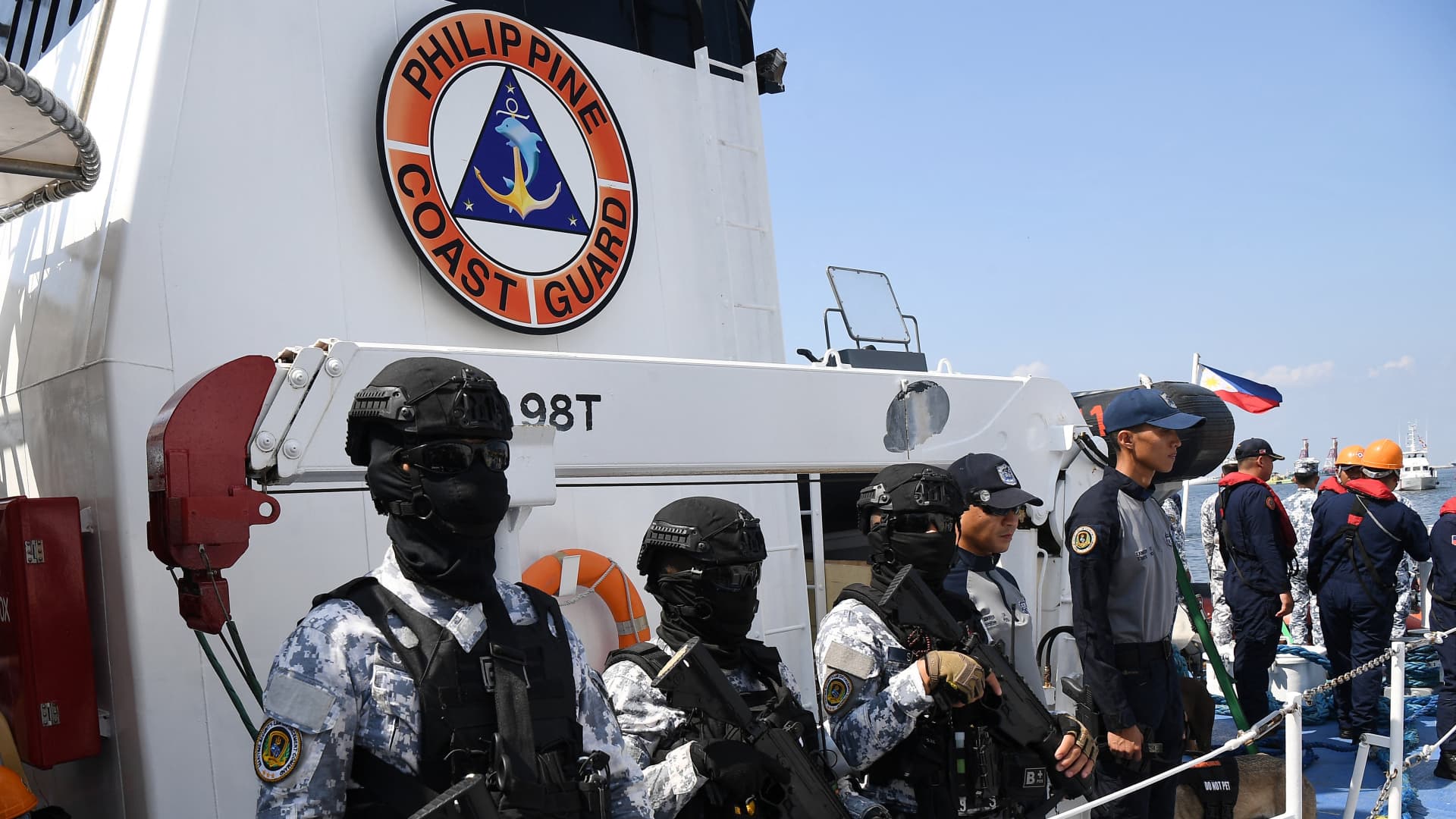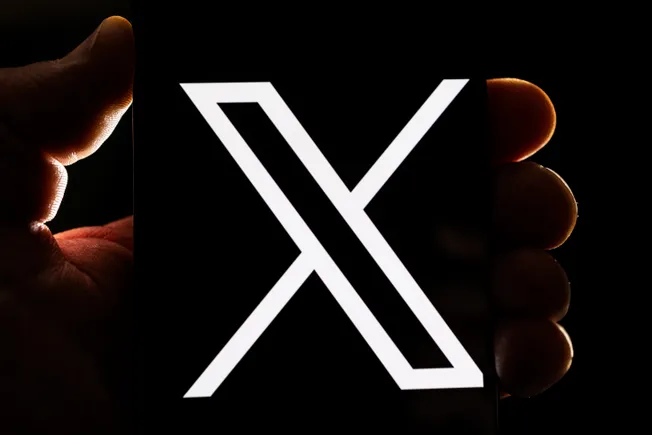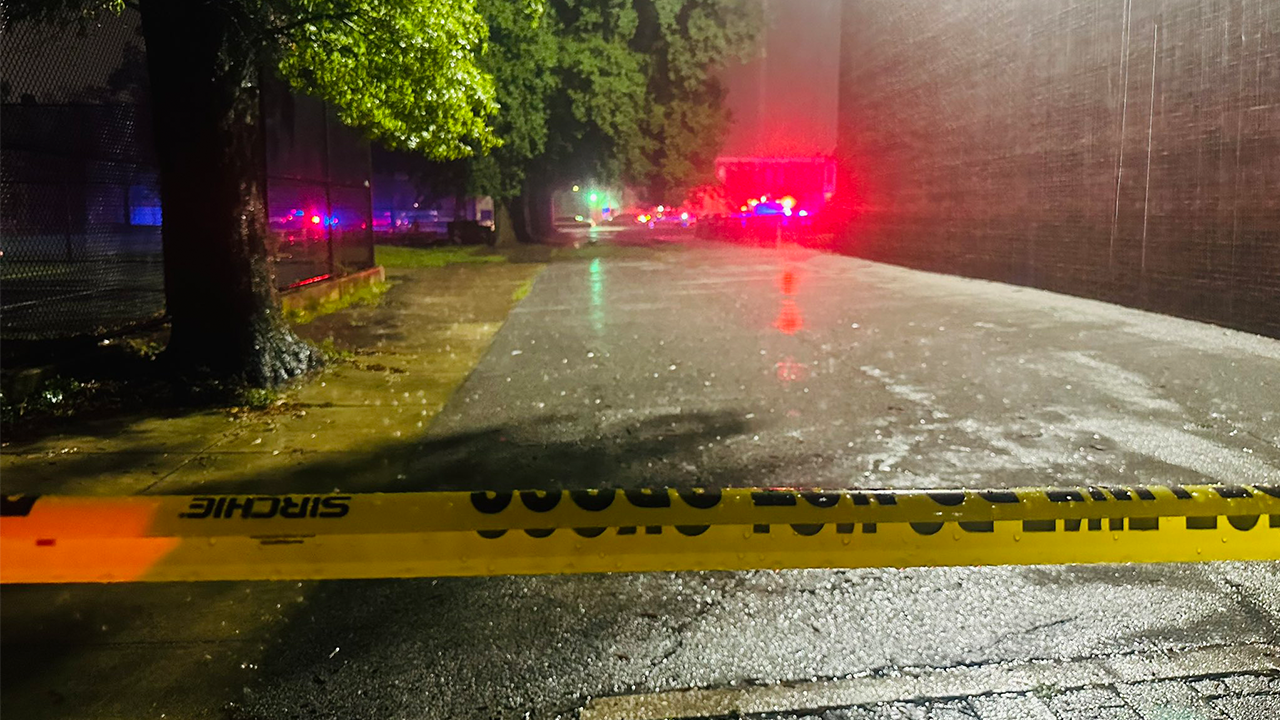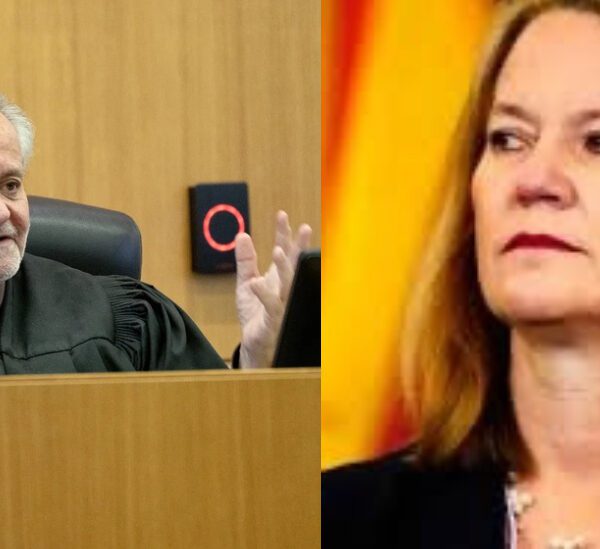Philippine Coast Guard law enforcement command personnel stand aboard the BRP Bagacay during a send-off ceremony in Manila on May 20, 2024.
Ted Aljibe | Afp | Getty Images
China on Monday accused Philippine vessels of “illegally” intruding and colliding with one of their ships in waters near the Escoda Shoal, in the latest territorial spat between the two countries.
According to a statement by the Chinese Coast Guard, one of the Philippine vessels acted in an “unprofessional and dangerous” manner, ignoring repeated warnings and deliberately colliding with a Chinese ship.
“We warn the Philippines to immediately stop its infringement and provocation, otherwise all the consequences arising from this will be borne by the Philippines,” the statement said.
Videos posted to the Chinese Coast Guard’s website appeared to show the collision.
The Escoda Shoal, also known as Sabina Shoal and Xianbin Reef, is located in the Spratly Islands of the South China Sea. It has been the site of a standoff between China and the Philippines since April, when one of the Philippine Coast Guard’s largest ships, the BRP Teresa Magbanua, was sent there.
On Friday, a Chinese foreign ministry spokesperson said that Beijing had warned the Philippines to “stop its infringement activities” and withdraw its vessel from the waters.
Philippine Coast Guard spokesperson Jay Tarriela disputed Beijing’s claims on social media, responding to a post from Chinese state-controlled outlet Global Times that challenged Manila’s presence in the waters.
“Escoda Shoal is located within the Exclusive Economic Zone of the Philippines, in accordance with the United Nations Convention on the Law of the Sea and the 2016 arbitral award,” Tarriela said.
“Our Philippine Coast Guard vessels have the right to operate within the lagoon of Escoda Shoal for as long as necessary, without requiring permission from any other country,” he added.


According to Tarriela, the Philippine Coast Guard had deployed their vessel not to provoke or escalate tensions but rather to protect and safeguard their sovereign rights over the waters.
Tensions between China and the Philippines have been escalating in the Spratly Islands for months.
Waters around another disputed area, the Second Thomas Shoal, have seen Philippine vessels rammed and sprayed with water cannons. In one instance, China seized Filipino boats, injuring an onboard Navy personnel, according to Philippine authorities.
Last month, China and the Philippines reached a provisional agreement over the disputed Second Thomas Shoal. However, both sides quickly began to publicly disagree over the terms of the deal.
Meanwhile, the Philippines last week accused China’s Air Force of carrying out dangerous maneuvers over the nearby Scarborough Shoal.
Beijing’s actions have drawn condemnation from Philippine allies including the U.S., which has a mutual defense pact with the country.
On Friday, Foreign Affairs Secretary Enrique Manalo reportedly tried to quell Chinese concerns over the presence of a U.S.-gifted missile system in the Philippines, saying it posed no threat to China and would not destabilize the region. In July, the U.S. pledged $500 million in military aid to the country.
The Philippines has also expanded its military cooperation with Japan.
Zhang Xiaogang, a spokesperson for China’s defense ministry said on Friday, that defense cooperation between the Philippines, U.S. and Japan should not target any third party or disrupt regional peace and stability.
“The Philippines are inviting wolves into the house and willingly acting as their pawns, which is despised by other regional countries,” he added.















